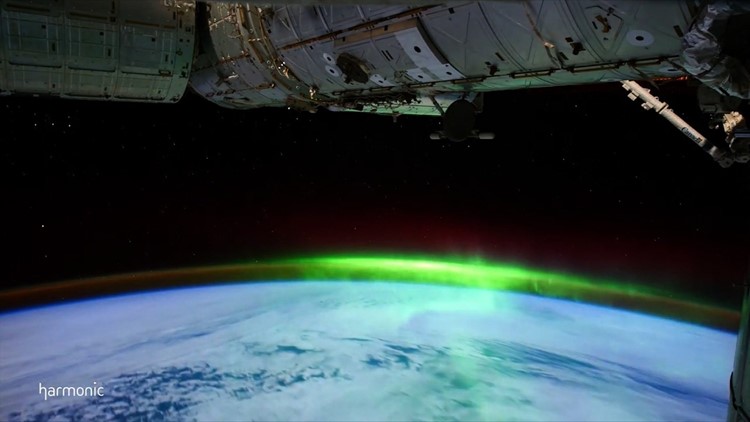The new year on Earth began with a record-setting space mission 4 billion miles away.
Mission scientists from NASA and the Johns Hopkins University Applied Physics Laboratory have confirmed that the New Horizons spacecraft conducted a flyby of Ultima Thule, a Kuiper Belt object that’s a billion miles beyond Pluto.
Although the flyby occurred at 12:33 a.m. ET on January 1, the spacecraft is so far from Earth that the “phone-home” signal didn’t reach us until about 10:30 a.m. ET. Mission scientists were notably relieved about the success because there was only one chance to get it right as New Horizons screamed past Ultima at 31,500 miles per hour.
“We’ve just accomplished the most distant flyby,” mission operations manager Alice Bowman said. “This science will help us understand the origins of our solar system.”
Now that the spacecraft has checked in, expect never-before-seen images and new science to come streaming in over the next few days.
What is Ultima Thule?
The object is so old and pristine that it’s essentially like going back in time to the beginning of our solar system.
This flyby is the first exploration of a small Kuiper Belt object up close — and the most primitive world ever observed by a spacecraft.
The Kuiper Belt is the edge of our solar system, part of the original disk from which the sun and planets formed. The craft is now so far from Earth that it takes six hours and eight minutes to receive a command from Earth.
If New Horizons sounds familiar, it’s because this is the spacecraft that conducted a historic flyby of Pluto in 2015, sending back unprecedented images of the dwarf planet and revealing new details about Pluto and its moons.
The New Horizons mission was extended in 2016 to visit this Kuiper Belt object. The mission was launched in 2006 and took a 9½-year journey through space before reaching Pluto.
New Horizons flew three times closer to Ultima than it did by Pluto, coming within 2,200 miles of it and providing a better look at the surface. After the quick flyby, New Horizons will continue on through the Kuiper Belt with other planned observations of more objects, but the mission scientists said this is the highlight.
The object was previously known as 2014 MU69. The name Ultima Thule was chosen through a nickname campaign hosted by the New Horizons team.
Thule was a mythical island on medieval maps, thought to be the northernmost point on Earth. Ultima Thule essentially means “beyond Thule,” which suggests something that lies beyond what is known. It’s fitting, considering New Horizons’ pioneering journey.



